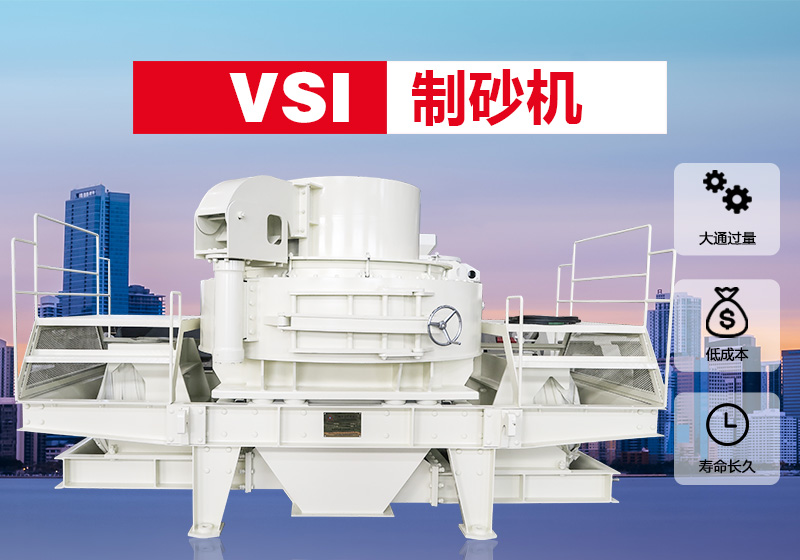
vibrating screen
1. Material properties
The particle size, density, moisture content and other properties of the material have a significant impact on the screening efficiency of the vibrating screen. Materials with larger particle sizes are easier to pass through the screen, while materials with smaller particle sizes are more difficult to pass through. Materials with higher density tend to accumulate at the bottom of the screen during the screening process, affecting the screening effect. Materials with higher moisture content tend to stick together and form clumps during the screening process, which will also affect the screening efficiency.
2. Selection and configuration of vibrating screen
The selection and configuration of the vibrating screen also have a great impact on its screening efficiency. In practical applications, it is necessary to select the appropriate vibrating screen model and configuration based on the nature of the material, processing capacity, working environment and other factors. For example, for materials with larger particle size and larger processing capacity, you can choose a large vibrating screen; for materials with smaller particle size and smaller processing capacity, you can choose a small vibrating screen. At the same time, it is also necessary to select appropriate key components such as vibrators and screens according to the properties and requirements of the materials to improve screening efficiency.
3. Factors such as dust and moisture
Factors such as dust and moisture are also important factors affecting the screening efficiency of vibrating screens. Too much dust will block the sieve holes and affect the screening efficiency; too much moisture will cause the particles to stick together and form agglomerates, resulting in sieve sticking. Therefore, when using the vibrating screen, attention should be paid to dust-proof and waterproof measures to ensure that the vibrating screen can work normally and the screening efficiency can be improved.






 Leave Message
Leave Message Chat Online
Chat Online










